Heroes are not born; they are created in a split second by a set of circumstances; trying circumstances to be precise. If one has been rightly groomed, has right value system in place and a head nicely balanced on his shoulders, the conditions are right for a hero to be born. Indian Army is replete with several examples to support this but are we trained to recognise our military heroes even after they have lived through their qualifying act? More so when there is no one to witness their superhuman efforts that often takes them to the other side of the rainbow?
Think about it.
It was year 2011 and as first Head of the Information Warfare branch of Fire & Fury Corps at Leh, I was responsible to raise and operationalise this new set up. One of the important components of my current charter of duty was to prepare a plan for perception management. As a ground soldier, I really did not know what was expected of me to manage perceptions. We were already doing so much through operation Sadbhawna1 for the local populace. I don’t think it was within my capability to manage perceptions of the hostile PLA (Chinese Army, better known as Peoples Liberation Army) sitting across the LAC (Line of Actual Control). This being a fairly new concept for the Indian Army, there was no precedence so, we were mostly engrossed in managing our logistic requirements and live through the day-to-day challenges rather than any substantial work with a long-term impact. I was very clear from the day one that this was not a high priority area concerning combat readiness of the forces deployed here. Slowly and gradually, I became aware of the unwritten and unspoken dictate to go rather slow and not bother the ‘ever so busy’ Operations and Intelligence branches, unduly. Chinese were breathing down our neck in Eastern Ladakh with their frequent incursions that had made everyone uncomfortable right up to Delhi. Never good at using technicalities to soften the blow, the Indian Army was hard pressed to explain it to the world that there was qualitative difference between ‘intrusion and incursion’ and it was business as usual in Eastern Ladakh. They needed someone to do this job and who could have been better than the media persons to take this message out to the world.
Then suddenly on one day a dozen journalists from print and electronic media arrived at Leh at the behest of ADGPI (Additional Director General of Public Information) and the frozen Ladakh of winter months was suddenly abuzz with flurry of activities. We organised a visit for them to see the LAC which was meant to show them around and explain the difference between incursion and intrusion; the technicality that our hierarchy wanted to use to say that the Chinese come and go in certain areas due to the differences in perception on the alignment of LAC and not necessarily because they want to camp here permanently to claim the land. Such excuses looks so lame in the light of what happened at Galwan2 valley recently, but that is in retrospect. Indian leaders not wanting to be seen in a poor light against the Chinese had perhaps devised these arguments for the consumption of internal audience.
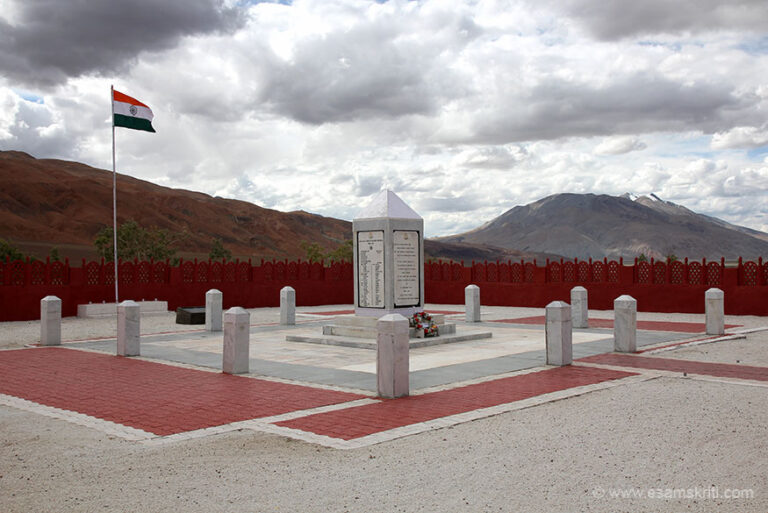
Image Source: https://www.esamskriti.com/a/Jammu-and-Kashmir/Rezang-La-War-Memorial.aspx
It was our last day of the visit and we took the journalists to the War Memorial at Rezang La before moving back to Leh. All my readers know well that Rezang La is a famous battle ground in Chushul, which is the symbol of our pride and an ultimate pilgrimage for every Indian Army soldier amidst hurt, insult and humiliation of 1962 war against Chinese. We know how Rezang La stands as a testimony to the steely strength of 120 men of the Charlie company of 13 Kumaon Regiment on 18th of November 1962. These brave men while fighting a numerically superior enemy presented their resolve to fight ‘last man and last bullet’ in a perfect copy book manner.
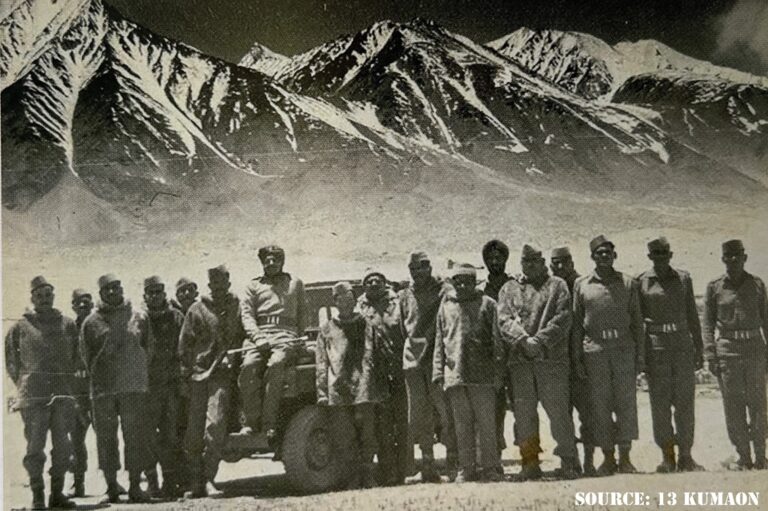
Image Source: https://www.reddit.com/r/MilitaryPorn/comments/sa3sdj/men_of_c_company_13_kumaon_regiment_indian_army/
While witnessing the journalist friends record a story in front of their cameras about the famous battle of Rezang La, I was transported back in time when all of 120 men withstood the onslaught of 5000 to 6000 Chinese soldiers determined to attack and overrun our positions and seriously threaten Leh with disastrous consequences. This was a stark reality staring our forces at their faces as a result of the Himalayan Blunder that was committed by our national leadership and equally inapt military leadership at the apex level. So, in the wake of impending strong Chinese attack, the brave Ahirs were given a choice to vacate their position at Rezang La and fall back to the safety. Unfortunately it was the only sane option left because reinforcements and logistic back up was not available to support this company of 13 Kumaon Regiment at Rezang La without which their fall and annihilation was a foregone conclusion.
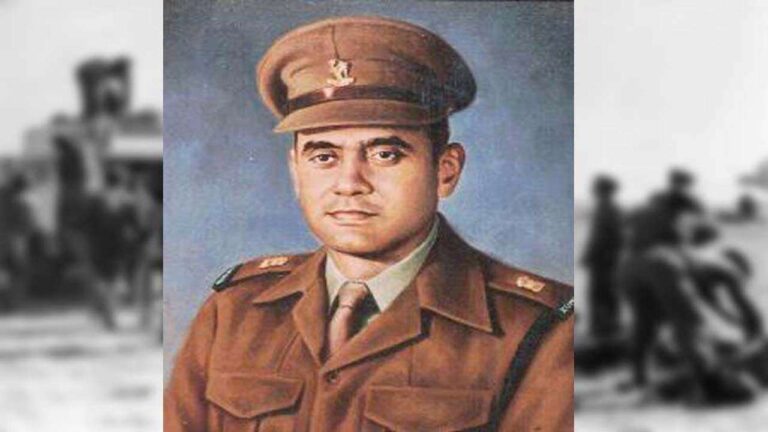
Image Source: https://www.dnaindia.com/india/report-shauryastories-major-shaitan-singh-the-hero-of-rezang-la-in-1962-war-2868577
But who said war is a sane option? Indian soldiers do place their regimental honour and pride more than their own lives. Under the inspiring leadership of their company commander Major Shaitan Singh, who was later on conferred upon the highest gallantry award posthumously, they had decided to stay on and fight the Chinese advancing towards Leh. But this story is also not about the harsh battle of Rezang La that claimed 114 lives out of a total of 120 present, nor is it about the saga of soldiers like Singh Ram, Harphool, Nihal or Phool Singh who braved the heavy shelling and volley of bullets facing assured destruction after being surrounded from all sides by the enemy.
So, what is this story about?
Well, this is about what our soldiers face and what they have to undergo after they come out alive from the jaws of death when most of their comrades perish. The first thing that comes to the mind is not something very pleasant to say or hear. But why?
Circa: November 1962.
Sepoy Ram Chander Yadav (later on Honorary Captain) who was on the LMG (Light machine Gun) was close to his company commander Major shaitan Singh, when a burst of automatic fire hit him. Major Shaitan Singh sat down to remove his belt and see the damage he had suffered. One look at his own shattered torso and he instantly knew that his time was over. He was fatally wounded and before losing consciousness he wanted to let the headquarter know that the enemy was in a serious pursuit to threaten Leh. He had put in his best to hold the enemy with his handful of men for as long as he could do. Showing exceptional bravery and crafty use of their dominating position on the ridge his men had killed over 1000 enemy who were relentlessly attacking to overrun their positions at Rezang La.
After being wounded in the battle field, Major Shaitan Singh knew, it was a matter of hours before most of his men met the same end. He knew how the battle was going to end here so it was imperative that someone was sent back to the base to let the higher headquarter know how bravely the Charlie company of 13 Kumaon Regiment had fought their numerically superior enemy to stall their advance towards Leh.
He knew that without someone reaching back to the unit from the scene of action it may take months or even years, if at all for the Indian Army to know the exceptional courage and valour of his men. His brave men had chosen to lay down their lives when all along the border, withdrawal from the front was being ordered to save the troops from assured destruction. The Indian leadership at national level had not expected the Chinese to go for an all-out offensive and therefore they had order the troops to adopt forward posture without the necessary wherewithal hoping that it will dissuade the Chinese from frequenting the areas. They had not anticipated that the Chinese will not hesitate in escalating to a full blown war. But once the Chinese moved forward with aggression, there was no choice for the Indian Army but to retreat.
This had been the order of day for the ill equipped and grossly under prepared Indian troops because everyone knew the consequences of trying to halt the Chinese as their attacks gained momentum and grew more and more ferocious. The lack of preparedness of our armed forces in terms of weapons, ammunition, artillery support and winter clothing was severely exposed and our leadership knew that they stand no chance against the overwhelming Chinese Army if it came to fighting them out.
Aksai Chin and large tracts of land in NEFA (present day Arunachal Pradesh) were therefore given to the Chinese on a platter. The story would have been the same for Ladakh, but for these 120 brave men under the inspiring leadership of Major Shaitan Singh. Unfortunately, no one expected them to stay and fight there at Rezang La; but they chose to do this for their honour and intense desire to protect the sovereignty of their mother land. After losing over 1000 soldiers Chinese did manage to capture Rezang La after 114 out of 120 Indian soldiers laid down their lives while five others were captured after being severely wounded in the battle of Rezang La.
So what happened to the only one survivor who was neither captured nor succumbed to the injuries?
Sepoy Ram Chander Yadav on being ordered to report to the base decided to do so but not alone. He lifted the unconscious and grievously injured Major Shaitan Singh on his back to bring him closer to some medical aid. After carrying him on his shoulders for a few kilometre he realised that Major Shaitan Singh was no more alive. He then placed his lifeless body behind a boulder and struggled back to the base only to find that the base was already vacated fearing Chinese advance. He later on managed to take lift in a vehicle and reached the battalion headquarter.
At the headquarter while sepoy Ram Chander Yadav was debriefed as per the protocol, which was ok but the tone and tenor in which he was questioned by his own superiors was demeaning and humiliating to say the least. His superiors did not believe that their location was attacked by overwhelming number of Chinese and that the entire company of 120 men went down fighting. They questioned him where did 1000 Chinese came from at such an altitude because they needed months of preparation and huge logistic support. This was a serious insinuation not only against sepoy Ram Chander but also against the entire Charlie company. Poor Ram Chander had no answer to these queries nor was he in any position to know better. It all amounted to accuse Ram Chander of cowardice as a result of abandoning his post during the battle.
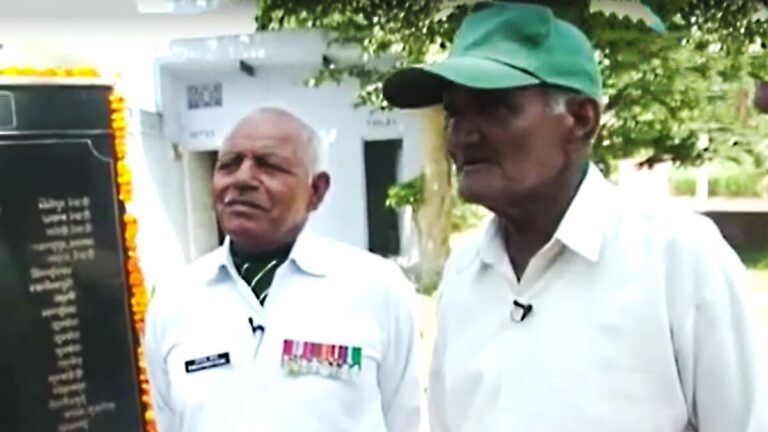
Fortunately, the situation turned in favour of sepoy Ram Chander Yadav and restored his honour when another wounded soldier of the Charlie company sepoy Nihal Singh escaped from the captivity and reached back to the base hospital. Nihal was not the only one to escape from the Chinese PoW (Prisoners of War) camp. Four other soldiers of the Charlie company who were seriously wounded during the battle of Rezang La also managed to escape and reach the base which accounted for six survivors of the company.
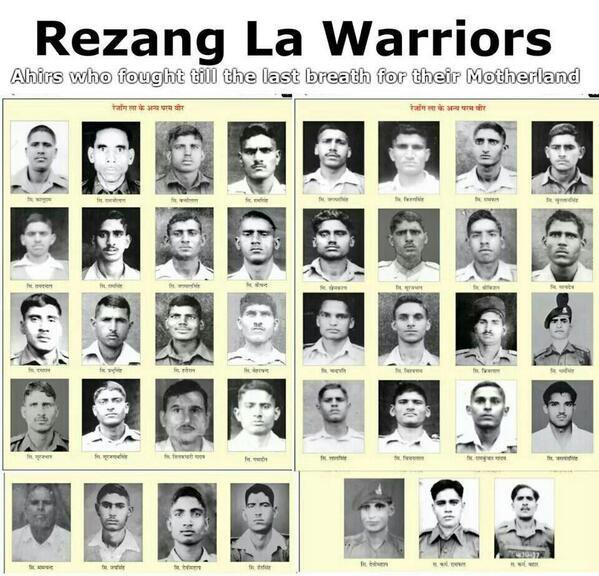
Image Source: https://twitter.com/ikaveri/status/1196353087188824064
After the weather improved, an Indian fact-finding team visited Rezang La where they found nicely preserved bodies of 114 soldiers who all had bullet injuries on their fronts. Dead soldiers were found in the trenches still holding on to their weapons… every single man of this company was found dead in his trench with several bullets or splinter wounds. The 2-inch mortar man died with a bomb still in his hand. The medical orderly had a syringe and bandage in his hands when the Chinese bullet hit him… Of the thousand mortar bombs with the defenders, all but seven had been fired and the rest were ready to be fired when the (mortar) section was overrun. They also found the mortal remains of Major Shaitan Singh preserved exactly in the same manner behind the boulder on the reverse slope where sepoy Ram Chander had left him. Imagine, if it was not a snow bound area that could preserve the battle casualties of our own soldiers to narrate what happened on 18 November 1962 or if no one out of the five wounded soldiers in Chinese captivity would have been able to escape and reach back at the base.
Would Sepoy (Now Honorary Captain) Ram Chander Yadav been ever awarded a Veer Chakra (gallantry award)?
Had he not been castigated and scarred for life despite putting his life at stake?
I find this a matter of extreme shame that as a first reaction we decide to cast aspersions on the integrity of our soldiers rather than accepting and examining what they have to say after they have gone through harrowing experiences in the battle field. Can we not have a protocol to stand by our brave hearts unless the evidence suggests otherwise?
Think about it.
End Notes
- Operation Sadbhawna. Indian Army has been conducting welfare projects for the locals in the operational area under Operation Sadbhawna. It literally means goodwill.
- Galwan Valley. Beginning on 5 May 2020, Chinese and Indian troops engaged in aggressive melee, face-offs, and skirmishes at locations along the Sino-Indian border, including near the disputed Pangong Lake in Ladakh and the Tibet Autonomous Region, and near the border between Sikkim and the Tibet Autonomous Region. Additional clashes also took place at locations in eastern Ladakh along the Line of Actual Control (LAC). In nearly 45 years, a violent skirmish between Indian and Chinese troops broke out in the Galwan Valley on June 15, 2020, resulting in losses on both sides and marking a new sour turn in China-India relations. In India, the gruesome clash sparked popular indignation, and anti-China sentiment peaked. Meanwhile, alarm over the rapid deterioration of China-India relations was obvious in China. The conflict killed at least 20 Indian soldiers and an unknown number of Chinese troops, with Beijing refusing to reveal the actual number of casualties.
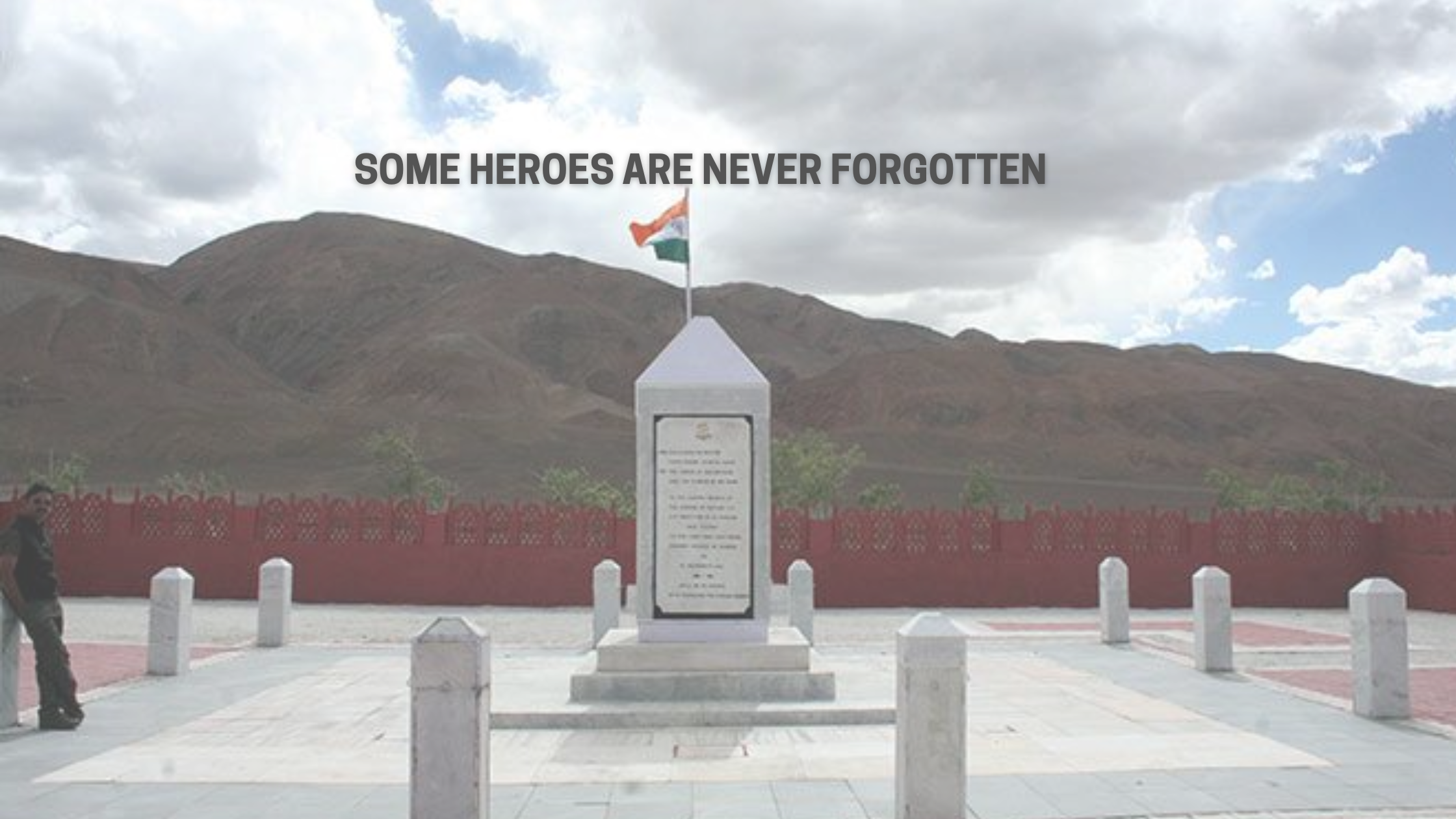
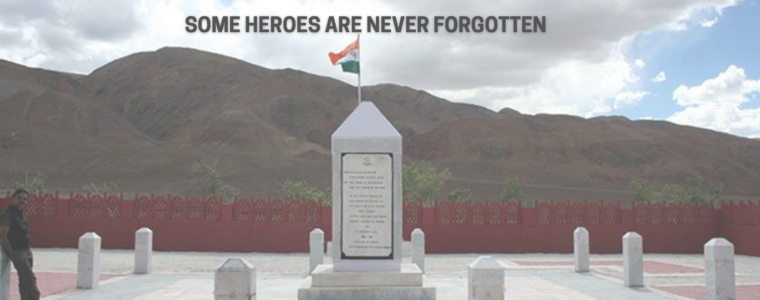
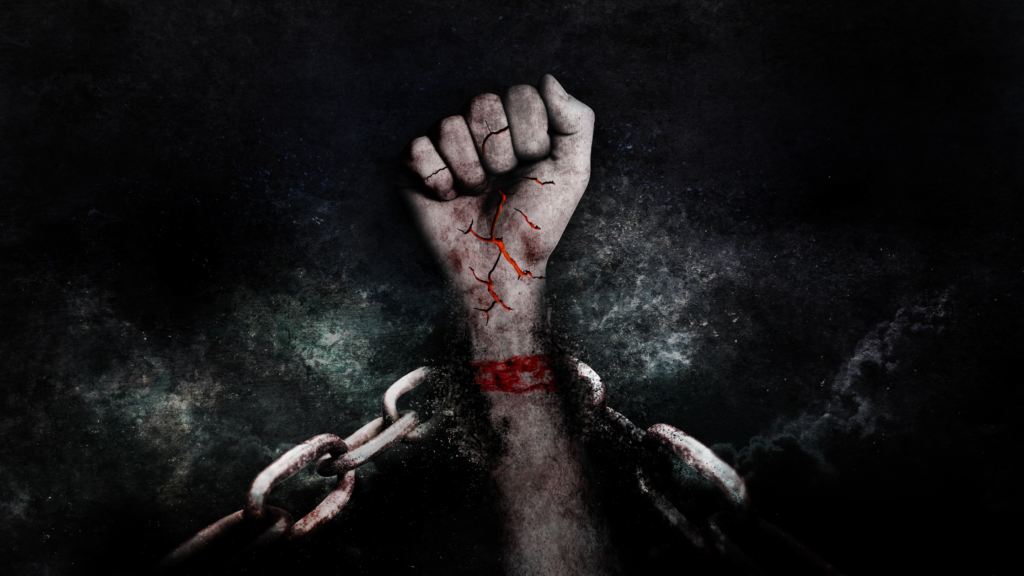

Thanks for your blog, nice to read. Do not stop.
Thank you Mark. Your support encourages me to go on.